- 話題1/3
17k 熱度
25 熱度
29 熱度
171k 熱度
40k 熱度
- 置頂
- Gate 合約開倉激勵計劃火熱上線!零門檻瓜分 50,000 ERA
開倉即有獎,交易越多獎勵越多!
新用戶享 20% 加成!
立即參與:https://www.gate.com/campaigns/1692?pid=X&ch=NGhnNGTf
活動詳情:https://www.gate.com/announcements/article/46429
#Gate # #合约交易 # #ERA#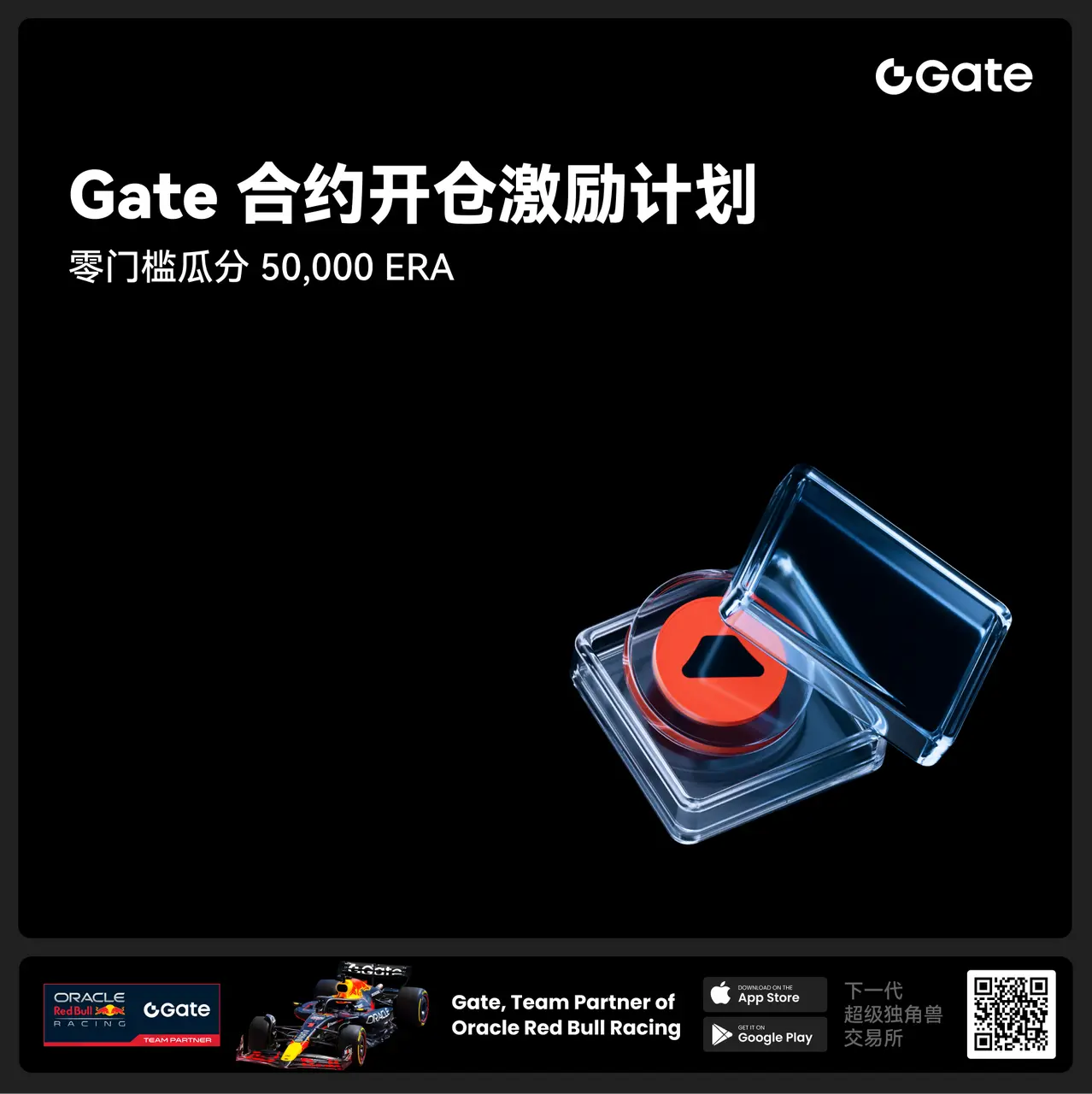
- 👀 家人們,最近你們都攢了多少 Alpha 積分啦?
空投領到了沒?沒搶到也別急,廣場給你整點額外福利!
🎁 曬出你的 Alpha 收益,咱們就送你$200U代幣盲盒獎勵!
🥇 積分最高曬圖用戶 1 名 → $100 代幣盲盒
✨ 積分榜前五優質分享者 5 名 → 各得 $20 代幣盲盒
📍【怎麼玩】
1️⃣ 帶上話題 #晒出我的Alpha积分收益# 發廣場貼
2️⃣ 曬 Alpha 積分截圖 + 一句話總結:“我靠 Gate Alpha 賺了 ____,真的香!”
👉 還可以分享你的攢分技巧、兌換經驗、積分玩法,越乾貨越容易中獎!
📆【活動時間】
8月4日 18:00 - 8月10日 24:00 (UTC+8)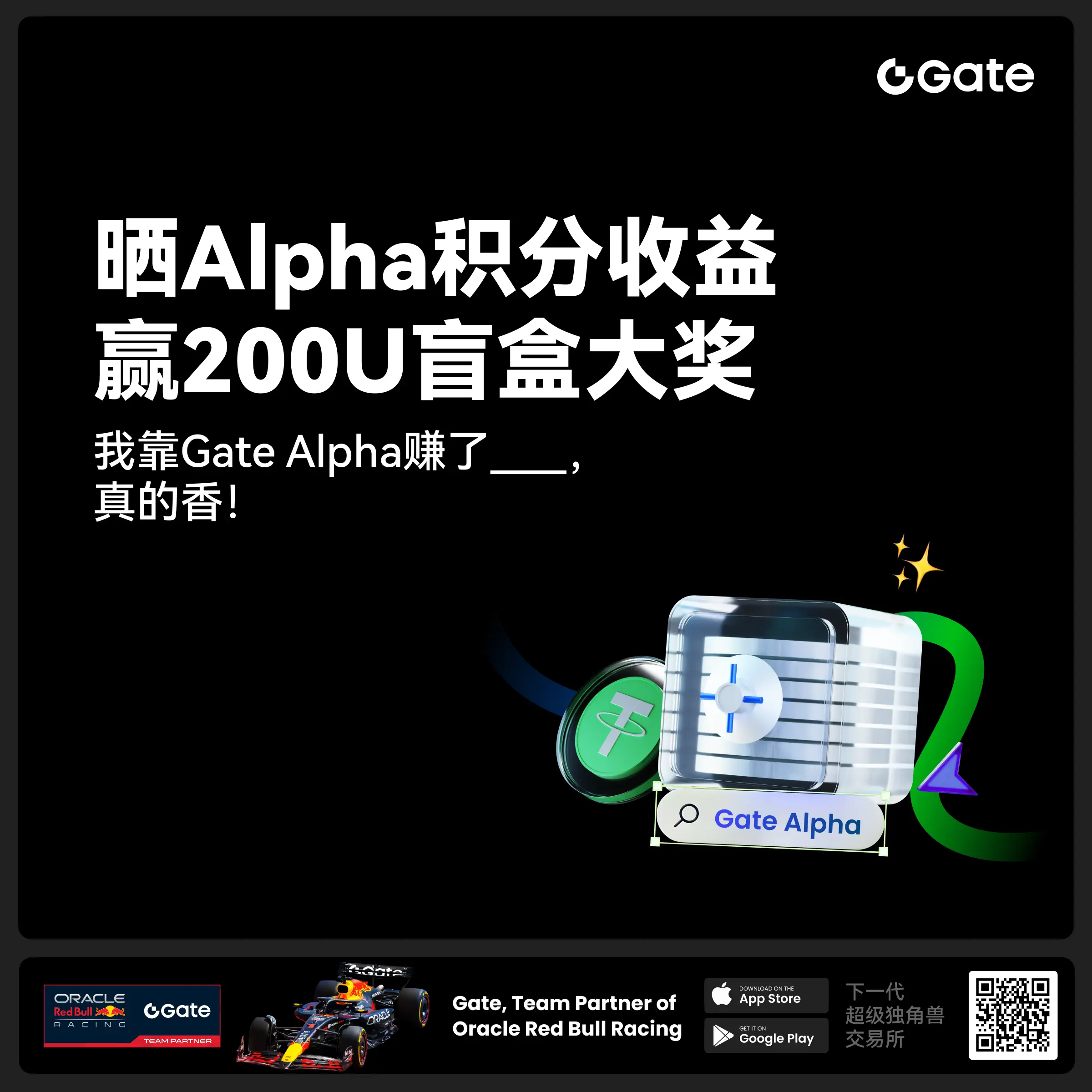
- 🎉 #CandyDrop合约挑战# 正式開啓!參與即可瓜分 6 BTC 豪華獎池!
📢 在 Gate 廣場帶話題發布你的合約體驗
🎁 優質貼文用戶瓜分$500 合約體驗金券,20位名額等你上榜!
📅 活動時間:2025 年 8 月 1 日 15:00 - 8 月 15 日 19:00 (UTC+8)
👉 活動連結:https://www.gate.com/candy-drop/detail/BTC-98
敢合約,敢盈利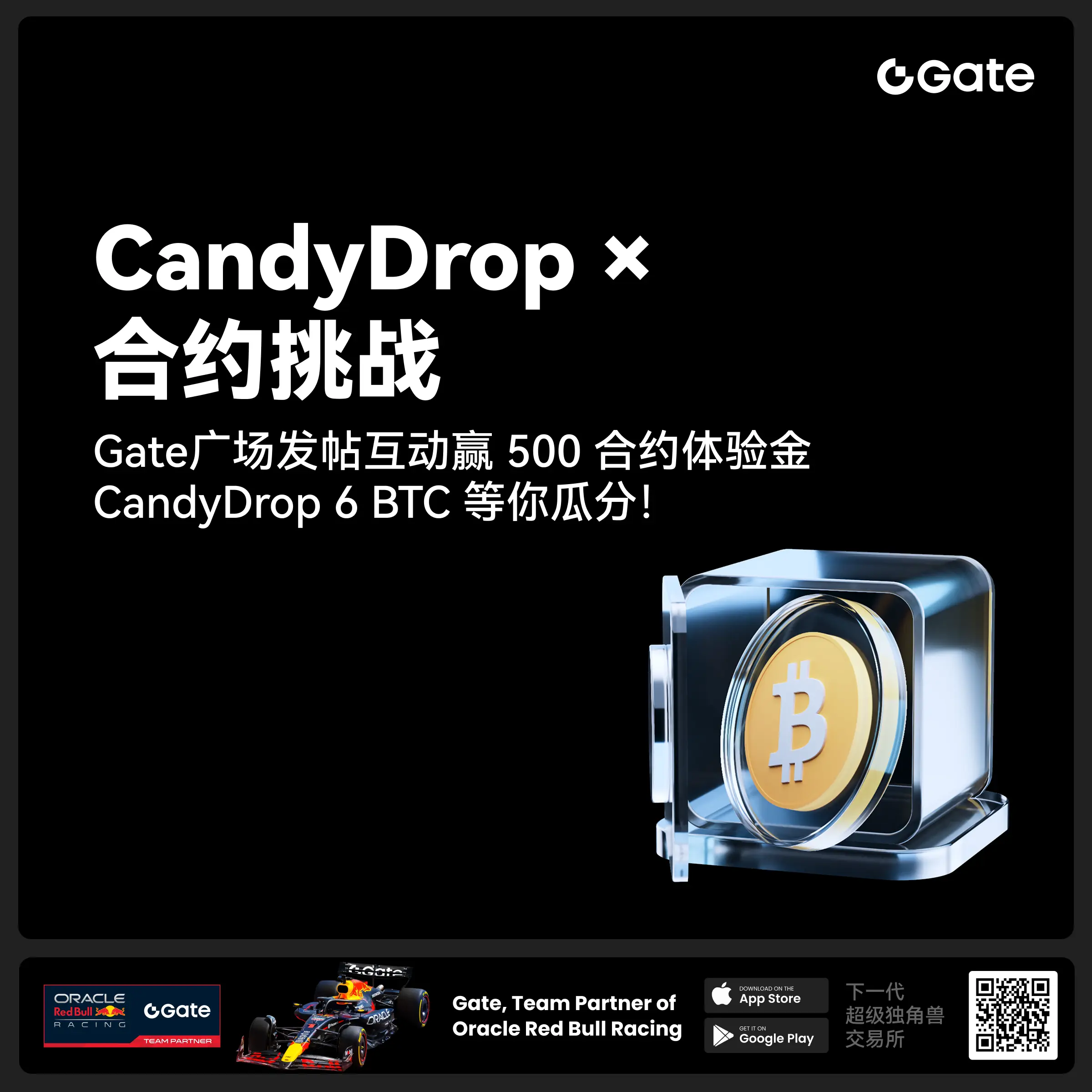
- 🎉 攢成長值,抽華爲Mate三折疊!廣場第 1️⃣ 2️⃣ 期夏季成長值抽獎大狂歡開啓!
總獎池超 $10,000+,華爲Mate三折疊手機、F1紅牛賽車模型、Gate限量週邊、熱門代幣等你來抽!
立即抽獎 👉 https://www.gate.com/activities/pointprize?now_period=12
如何快速賺成長值?
1️⃣ 進入【廣場】,點擊頭像旁標識進入【社區中心】
2️⃣ 完成發帖、評論、點讚、發言等日常任務,成長值拿不停
100%有獎,抽到賺到,大獎等你抱走,趕緊試試手氣!
截止於 8月9日 24:00 (UTC+8)
詳情: https://www.gate.com/announcements/article/46384
#成长值抽奖12期开启#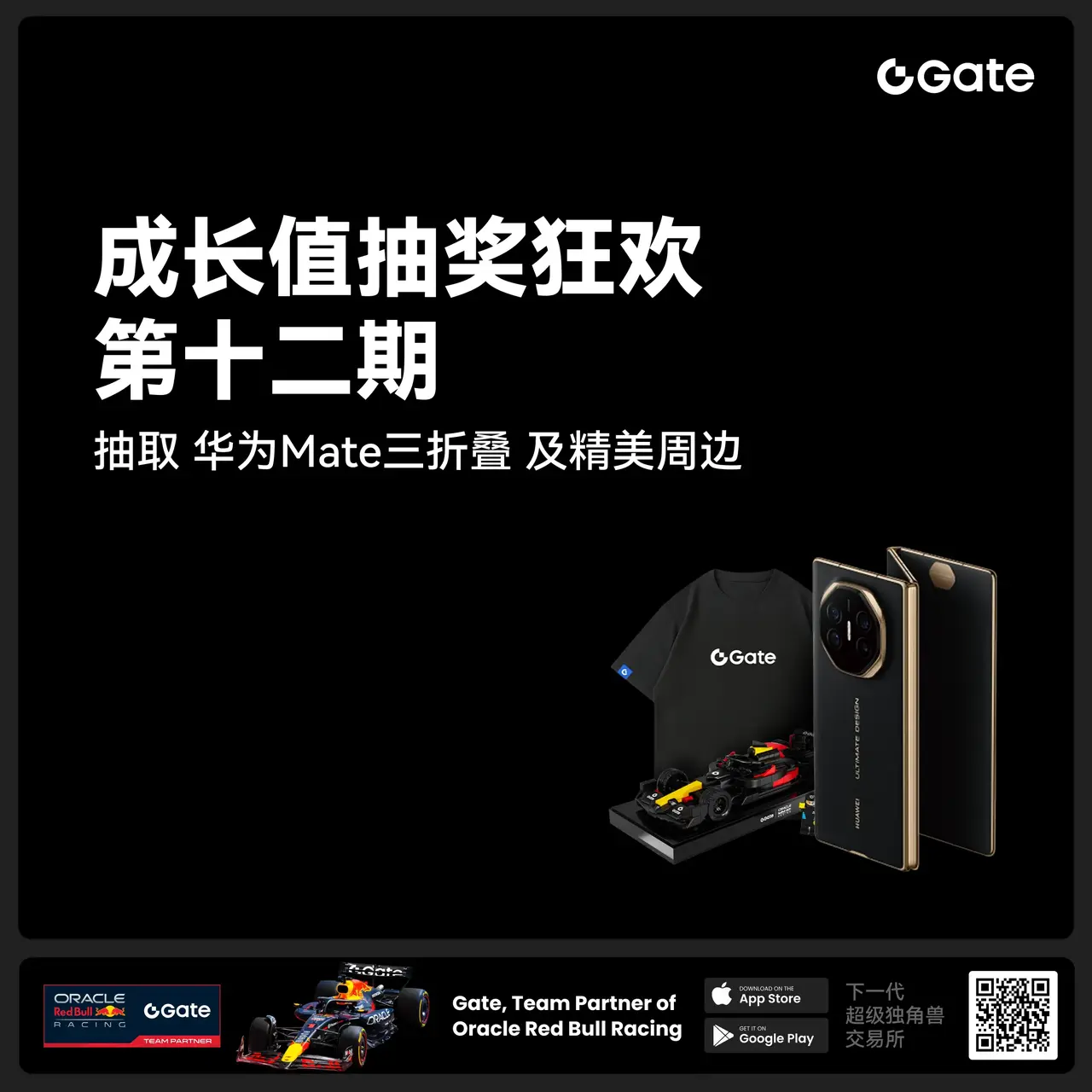
- 📢 Gate廣場 #NERO发帖挑战# 秀觀點贏大獎活動火熱開啓!
Gate NERO生態周來襲!發帖秀出NERO項目洞察和活動實用攻略,瓜分30,000NERO!
💰️ 15位優質發帖用戶 * 2,000枚NERO每人
如何參與:
1️⃣ 調研NERO項目
對NERO的基本面、社區治理、發展目標、代幣經濟模型等方面進行研究,分享你對項目的深度研究。
2️⃣ 參與並分享真實體驗
參與NERO生態周相關活動,並曬出你的參與截圖、收益圖或實用教程。可以是收益展示、簡明易懂的新手攻略、小竅門,也可以是行情點位分析,內容詳實優先。
3️⃣ 鼓勵帶新互動
如果你的帖子吸引到他人參與活動,或者有好友評論“已參與/已交易”,將大幅提升你的獲獎概率!
NERO熱門活動(帖文需附以下活動連結):
NERO Chain (NERO) 生態周:Gate 已上線 NERO 現貨交易,爲回饋平台用戶,HODLer Airdrop、Launchpool、CandyDrop、餘幣寶已上線 NERO,邀您體驗。參與攻略見公告:https://www.gate.com/announcements/article/46284
高質量帖子Tips:
教程越詳細、圖片越直觀、互動量越高,獲獎幾率越大!
市場見解獨到、真實參與經歷、有帶新互動者,評選將優先考慮。
帖子需原創,字數不少於250字,且需獲得至少3條有效互動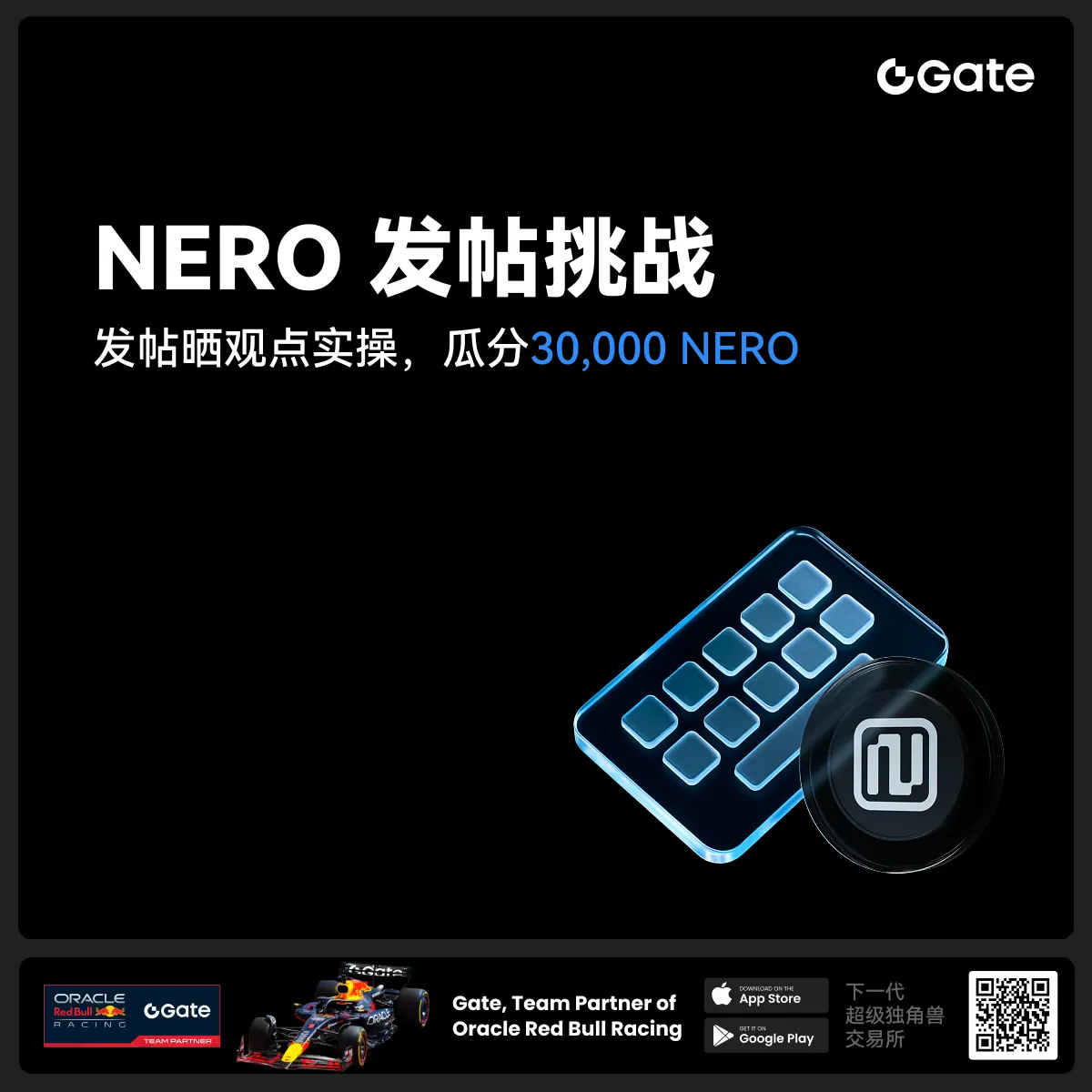
IOTA 2.0 Will Feature Hybrid Model Combining UTXO and Account
With the IOTA Foundation working on the launch of IOTA 2.0, the development team is working on adopting a hybrid model with UTXO and Accounts structure, similar to the one we see in Ethereum and Cardano blockchain networks.
UTXO Model and Account Model
In the UTXO model, transactions generate and consume outputs, and registers of received digital assets. Each output, accessible with the owner’s private key, is replaced during transactions. Nodes maintain a shared list of unspent outputs, facilitating parallel processing and simplified conflict identification. Despite advantages, challenges arise with dynamic resources like Mana or gas, addressed by the Account model. For deeper insights, refer to our Wiki article on Data Structures and a blog post by Vitalik Buterin, Ethereum’s Co-Founder.
The Account model maintains a balance list, updated by transactions or events like block rewards. Although seemingly simpler than the UTXO model, it introduces complexities in conflict resolution, especially with transactions involving multiple tokens. The model requires a more intricate consensus module due to the importance of transaction ordering. Balances form a global ledger state, making any account change challenging and posing difficulties for applications with dynamic value changes. However, this complexity offers advantages, such as issuing multiple transactions without waiting for settlement. Building IOTA 2.0 involves leveraging the strengths of both models.
The IOTA 2.0 Model
IOTA 2.0 introduces an innovative protocol that enhances the flexibility of the UTXO (Unspent Transaction Output) model by extending it to incorporate the Account model. This advancement builds upon the Alias Outputs model introduced in IOTA 1.5, evolving it into what is now termed Account Outputs.
In simple terms, Account Outputs are outputs that inherently carry a state within themselves. Unlike the traditional UTXO model with a single owner, Account Outputs introduce two controlling parties: a “state controller” capable of modifying the contained state and a “governor” who determines the owner without the ability to alter the output’s state. This feature significantly augments the flexibility of the UTXO model, providing added richness to the asset management capabilities of IOTA 2.0.
Recommended for you
• Polkadot’s DOT Price Skyrockets 6% on On-Chain Treasury Investment News• Bybit Releases Report Outlining Crypto Allocation Techniques• Uniswap Surges: November Fees Hit 6-Month High, UNI Traders AccumulateAfter efficiently resolving conflicts on the Directed Acyclic Graph (DAG) and committing the resulting state, the state of the Account Output and its associated properties can be stored as an account state. This account state adheres to the Account model, allowing its values to be updated independently of any specific output. This capability expands the range of applications achievable with a UTXO-based .
IOTA 2.0 leverages the strengths of Account-based models while maintaining a UTXO-based ledger. This approach ensures secure asset management, facilitates parallel transactions, and simplifies conflict identification. By combining the advantages of both models, IOTA 2.0 aims to deliver true versatility and performance, empowering users and advancing the cause of digital autonomy.